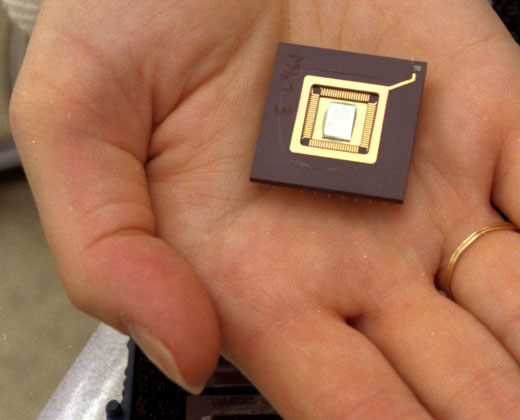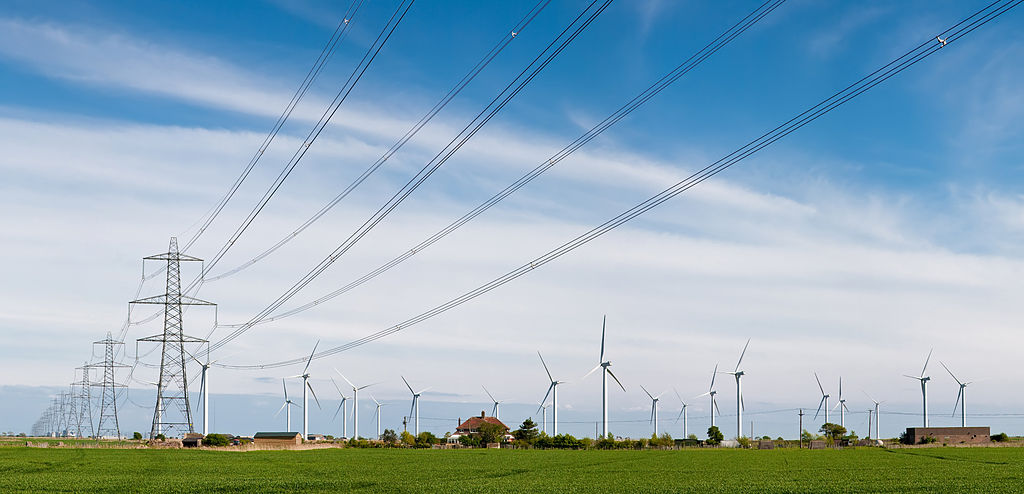
CMOS sensors such as this could be made more tolerant to ionizing radiation. Photo: NASA/Wikimedia Commons
High-energy radiation can be detrimental to electronic equipment, necessitating the use of radiation-hardened and -resistant electronics in nuclear energy, decommissioning, and space exploration. The online newsletter Tech Xplore reports on a radiation-hardened and repairable integrated circuit being fabricated by researchers at Peking University, Shanghai Tech University, and the Chinese Academy of Sciences.
The radiation-immune and repairable circuits developed by the researchers are based on field-effect transistors (FET) that use a semiconducting carbon nanotube transistor as a channel, an ion gel as its gate, and a substrate made of polyimide. According to the article, the FETs have a radiation tolerance of up to 15 Mrad, which is notably higher than the 1 Mrad tolerance of silicon-based transistors. The FETs are also capable of being recovered by annealing at moderate temperatures (100 °C for 10 minutes).



